Car dashboard lights explained: what shouldn't be ignored?
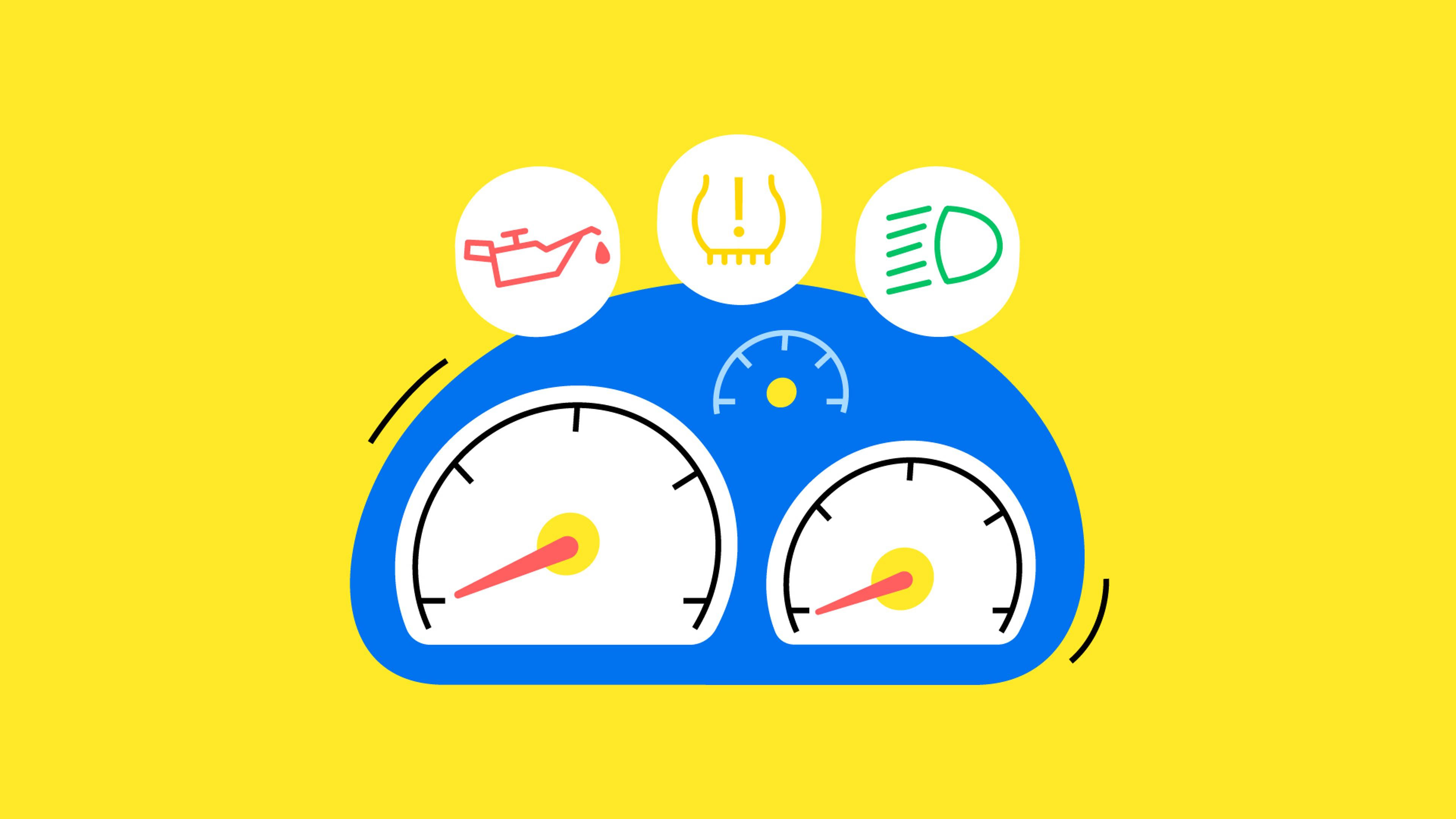
There are many different lights on a car's dashboard and sometimes it can be tricky to know what each one of them means. Especially if we're talking about the latest vehicle models that are more technologically advanced.
We prepared a guide on car dashboard lights, which will help you to understand your vehicle better.

Need help buying a used car?
Enter a VIN code to learn more about any vehicle!
What do dashboard light colors indicate?
All the dashboard lights are classified by color into 3 different groups – red, yellow/orange, and green/blue.
When you know what each color means, you can understand if a dashboard light only informs about a safety system being activated or alarms about potential danger.
- Red warning lights alarm drivers about malfunctions and system failures that shouldn't be ignored because they may indicate safety issues and might be costly to repair. Usually, red dashboard lights require immediate attention.
- Yellow or orange warning lights provide important information, although not as critical as the red ones. The check engine light (CEL) or the low fuel sign are both in orange. You can carry on driving your vehicle, but you have to be aware that your attention is required.
- Green or blue warning lights inform a driver about systems or features that are currently enabled or activated. Drivers can stay calm because these lights indicate that systems work properly.
Red dashboard lights explained
Engine temperature warning light
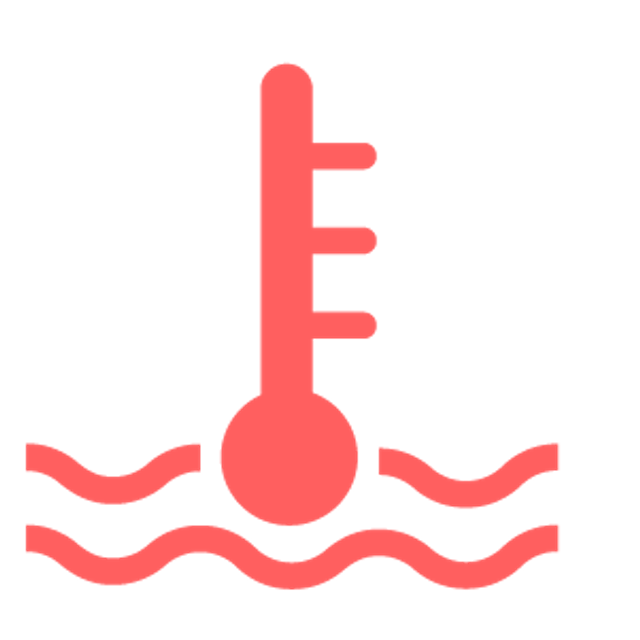
The red engine temperature warning light is a sign that the engine coolant temperature is too high.
To prevent the engine from severe damage, a driver should immediately turn the engine off and wait for it to cool down. It's highly recommended to turn the ignition on after the engine is shut down and activate the wind blower at the highest temperature – it will help to cool the engine.
Potential reasons for the engine temperature warning light:
- Malfunctioning water pump. The water pump ensures that coolant moves through the engine. If the water pump malfunctions, it can disrupt the proper circulation of coolant.
- Faulty thermostat. A malfunctioning thermostat can lead to inefficient coolant flow, risking overheating, potential engine damage, decreased fuel efficiency, increased emissions, and overall compromised engine performance.
- Coolant leak. A coolant system leak from a compromised hose, radiator, or water pump can lead to coolant loss and subsequent overheating.
Oil pressure warning light

When the oil pressure warning light comes on, it either means that the oil pressure is too low or you don't have enough oil.
Since the oil is the most important lubricant of the engine, it's recommended to visit a workshop as soon as possible to change the oil and prevent damage that oil starvation may cause.
Potential reasons for the oil pressure warning light:
- Low oil level. Insufficient engine oil levels can result in inadequate lubrication for engine components, causing a drop in oil pressure.
- Oil leak. A leak in the oil system, whether from a damaged oil pan, oil cooler line, or gasket, can result in oil loss, leading to low oil pressure.
- Faulty oil pump. The oil pump plays a crucial role in distributing oil throughout the engine. If the pump fails, it can also cause a drop in oil pressure.
Active parking brake light

An active parking brake light typically indicates that the parking brake (also known as the handbrake or emergency brake) is engaged or not fully released.
When you see this light illuminated on your vehicle's dashboard, it's a signal to check whether the parking brake is engaged or if there is a malfunction in the parking brake system.
Potential reasons for the active parking brake light:
- Low brake fluid level. Certain vehicles might use the parking brake light to signal insufficient brake fluid levels. Inadequate brake fluid can impact the hydraulic system, including the parking brake.
- Faulty parking brake system. Problems within the electronic parking brake system, like a malfunctioning sensor, actuator, or control module, can lead to the illumination of the warning light.
- Brake pad wear. Certain vehicles integrate the parking brake system with brake pad wear sensors. When the brake pads are worn, this may activate the warning light for the active parking brake.
ABS warning light
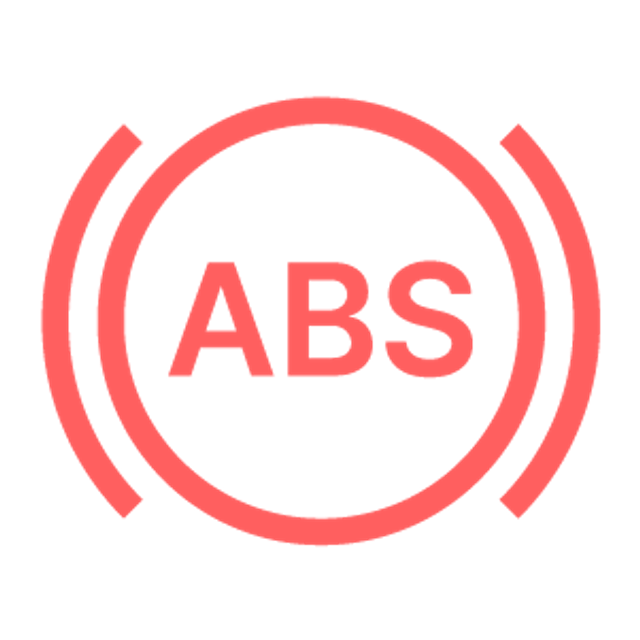
The red ABS warning light indicates problems with the ABS brake sensors. It's tricky to identify which sensor is broken, so it's recommended to visit a workshop.
Without a functioning ABS system, braking a car during emergencies may be dangerous.
Potential reasons for the ABS warning light:
- Faulty ABS sensor. The ABS system depends on wheel speed sensors to monitor rotation speed. The ABS warning light can be activated if these sensors fail or accumulate dirt.
- ABS module issues. The ABS control module handles data from the wheel speed sensors and manages the ABS system. An issue with the module can trigger the ABS warning light.
- Faulty ABS pump/motor. The ABS system includes a pump or motor that pressurizes brake fluid. If there are malfunctions in this component, it can lead to the illumination of the warning light.
Low brake fluid indicator light

This light usually comes on when the amount of brake fluid in your car is insufficient. The brake system can work even without the fluid, but it will affect your brakes in the long run.
Potential reasons for the low brake fluid indicator light:
- Brake system leak. Low brake fluid often results from a leak in the brake system, which can occur in components such as brake lines, calipers, wheel cylinders, or the master cylinder.
- Worn brake pads. When your brake pads wear out, the brake fluid level might go down. This is normal as brakes wear, and it means you need to replace the brake pads.
Brake pad warning light

Modern cars feature brake pad monitoring systems. When the system determines that it's time to replace the brake pads, a brake pad warning light will appear on your vehicle's dashboard, serving as a useful car maintenance reminder.
Master warning light
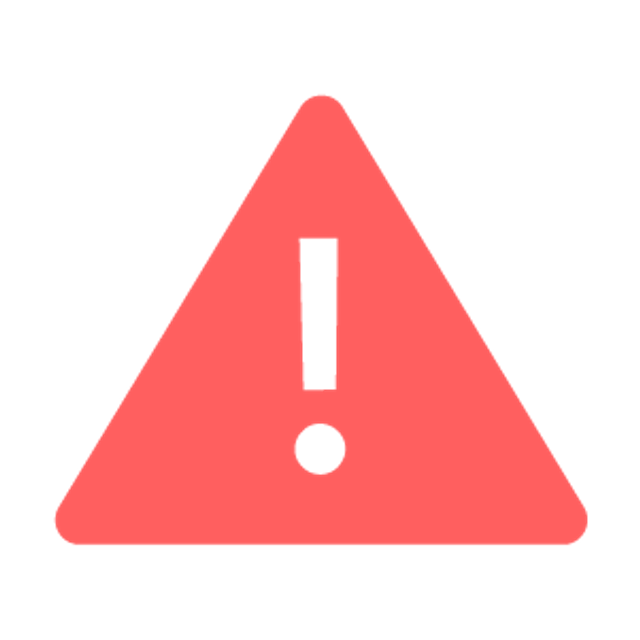
The master warning light usually comes on with an additional notification on the screen. This light suggests that there's a problem with one of your vehicle's systems. It's recommended to consult a professional mechanic to identify problems before your car is damaged.
Potential reasons for the master warning light:
- General system warnings. The master warning light is a universal signal for issues that don't belong to distinct warning categories.
- Electrical system malfunction. The master warning light might illuminate due to problems with the vehicle's electrical system, sensors, or other electronic components. For example, in electric cars, this symbol signals the need for a replacement of the 12V battery.
- Engine or transmission problems. Activation of the master warning light can be caused by different transmission or engine problems.
Seatbelt indicator light
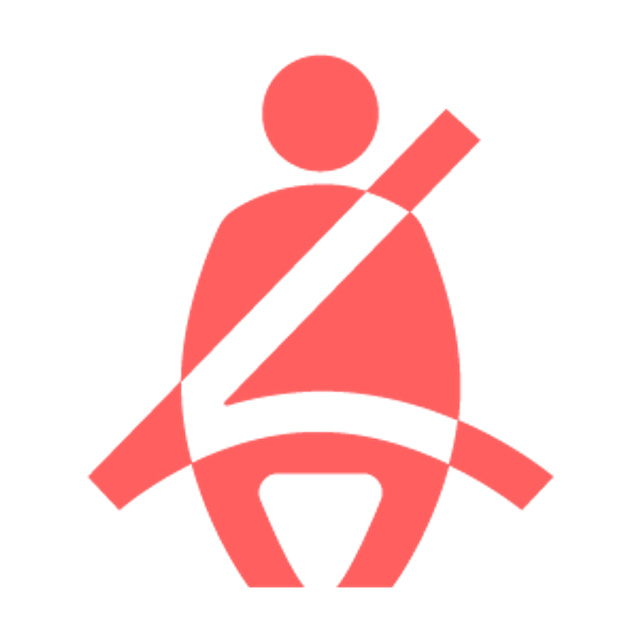
The reason for the seatbelt indicator light is an unfastened seat belt. In modern vehicles, seats often contain occupancy sensors to detect if a driver or a passenger has buckled up. The indicator light will turn on if the vehicle is in motion and the seat belt is not fastened.
There is no real danger here – it is just an important reminder to fasten seat belts while driving. Most cars also have special sound indicators for the same task since a seat belt is one of the greatest safety inventions.
Airbag indicator light

The red light of a person with an airbag means that the airbags aren't working. It may be some airbag system malfunction, as well as a signal telling about missing airbags if a car was repaired after an accident.
Usually, this light comes on if a seatbelt is not secured since the airbags could provide even more damage for unfastened passengers.
Open hood light

In modern vehicles, sensors or switches are installed to verify whether the hood is securely closed. If these sensors detect that the hood is not properly latched, you'll see the open hood light on the dashboard.
You may continue driving with the open hood light being turned on. However, if the latch of the hood is not secured, you may end up needing to change the windshield of a car. Because of high wind resistance, the hood may rapidly open and break the windshield with great force. It's better to secure the hood before increasing the speed of a car.
Open trunk light

Much like the hood warning system, vehicles often incorporate sensors or switches to determine if the trunk is adequately closed. If these sensors identify that the trunk is not securely latched, the warning light is triggered.
You can drive your car with an opened trunk, but it's better to close it before you lose your belongings.
Open doors light
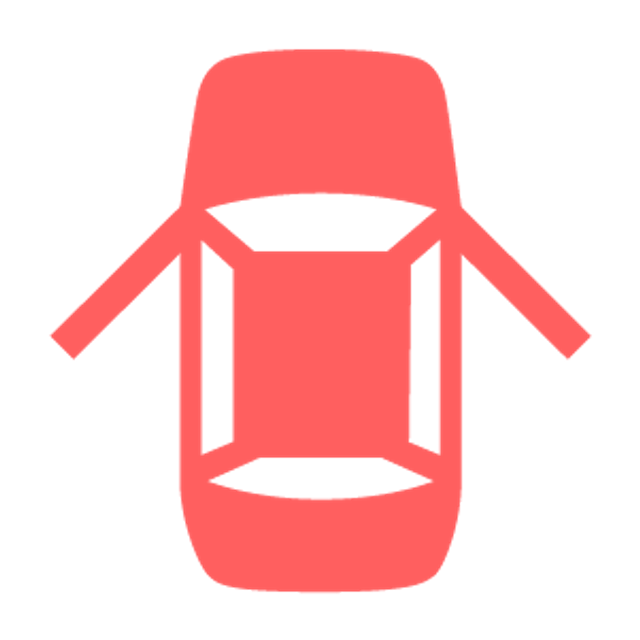
Each door has sensors or switches to determine whether it is properly closed. The warning light will activate if any of these sensors detect that a door is not securely latched.
You can drive your car with this light on, however, it's better to stop and properly close the door. Some cars also provide an irritating warning sound.
Battery or charging system warning light

This warning light typically looks like a small battery symbol. When this light comes on while driving, it indicates an issue with the vehicle's battery or charging system.
If you see this warning light, go get your vehicle inspected by a qualified mechanic to diagnose and fix the underlying issue.
Potential reasons for the battery or charging system warning light:
- Faulty alternator. The alternator produces electrical power and recharges the battery during engine operation. If the alternator fails or experiences a malfunction, it can lead to a drained battery and activate the warning light.
- Battery issues. A weakening or failing battery might struggle to maintain a proper charge, leading to a discharge and triggering the warning light.
- Electrical system problems. Issues within the vehicle's electrical system, such as faulty wiring or connections, can affect the charging system and result in the warning light turning on.
Power steering problems light

When this warning light illuminates, it means that the power assistance to steering may be reduced or unavailable, making steering more difficult, especially at lower speeds or when parking.
It's crucial to address power steering issues promptly because driving without power assistance can be challenging and may compromise vehicle safety.
Potential reasons for the power steering problems light:
- Low power steering fluid. Insufficient power steering fluid levels may result in diminished hydraulic pressure within the power steering system, causing the warning light to be activated.
- Power steering pump failure. The power steering pump generates hydraulic pressure to aid in steering. If the pump fails or malfunctions, it can lead to steering difficulties and activate the warning light.
- Electrical issues. Modern vehicles use electric power steering systems. Electrical problems, such as a malfunctioning sensor or control module, may lead to power steering issues and activate this warning light.
Low key battery light
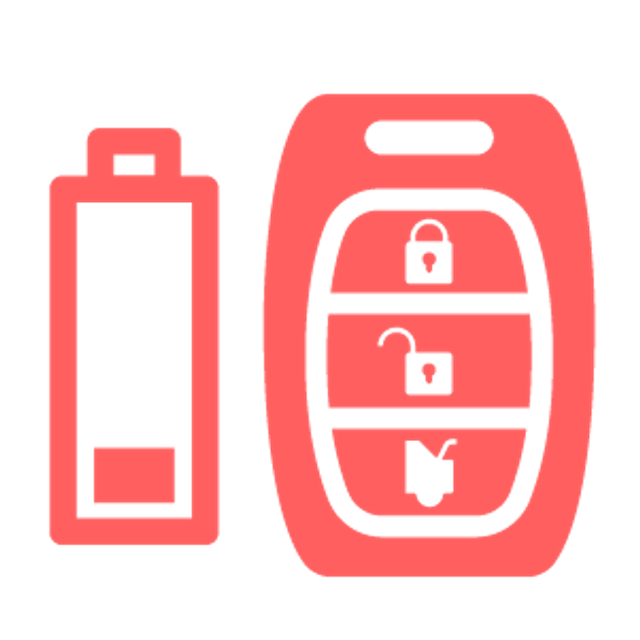
This warning light means that you have to change the battery of your key fob. Otherwise, you'll have trouble opening the doors or even getting your car running.
Towing hitch warning light
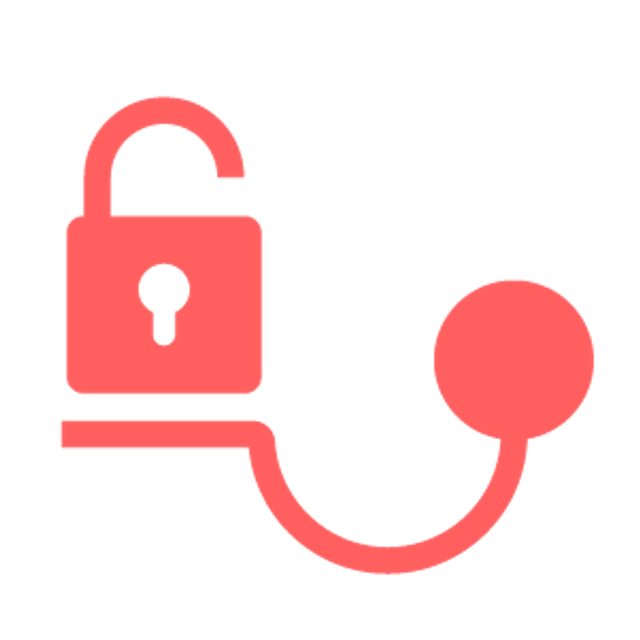
This light typically illuminates when there's an issue related to the towing hitch system. If you see this icon on your car's dashboard, make sure the trailer you attached is secured and the plugs are connected properly.
The exact appearance of this warning light can vary depending on the vehicle's make and model.
Potential reasons for the towing hitch warning light:
- Trailer wiring issues. The warning light might activate if there are issues with the electrical connections between your vehicle and the trailer. This could involve problems with the wiring, connectors, or a malfunction in the trailer's lights.
- The trailer weight exceeds the limit. The warning light may be triggered if the trailer's weight and contents exceed the towing capacity limits set for certain vehicles.
Adjustable suspension problems light
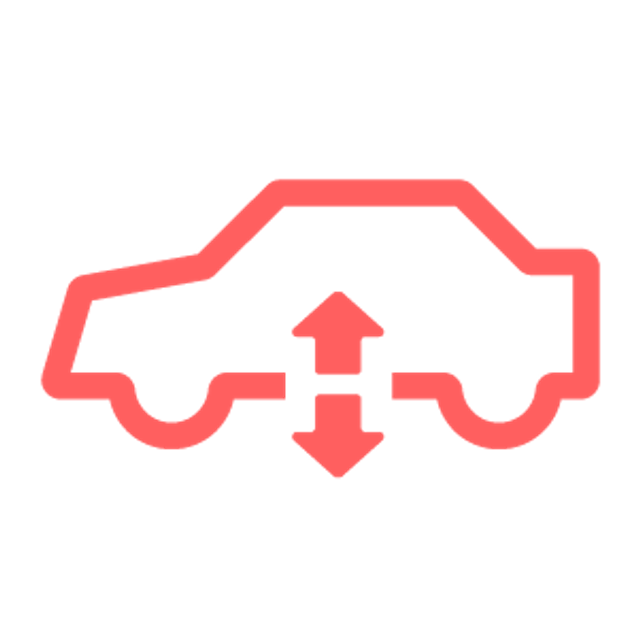
If your car is equipped with an adjustable hydraulic or pneumatic suspension, this light can be a sign of an expensive service in the near future. Make sure to check your suspension, as this light can be triggered by a simple leak or a major breakdown.
Potential reasons for the adjustable suspension problems light:
- Faulty suspension components. Issues with components in the adjustable suspension system, such as air springs, shock absorbers, or electronic sensors, can trigger this warning light.
- Fluid leaks. Leaks in the hydraulic fluid or air system employed by the adjustable suspension can impact the system's functionality, prompting the activation of the warning light.
- Sensor malfunction. The system depends on sensors to track the vehicle's position and adapt the suspension accordingly. Faulty sensors can lead to incorrect readings and activate the warning light.
Yellow or orange dashboard lights explained
Check engine light
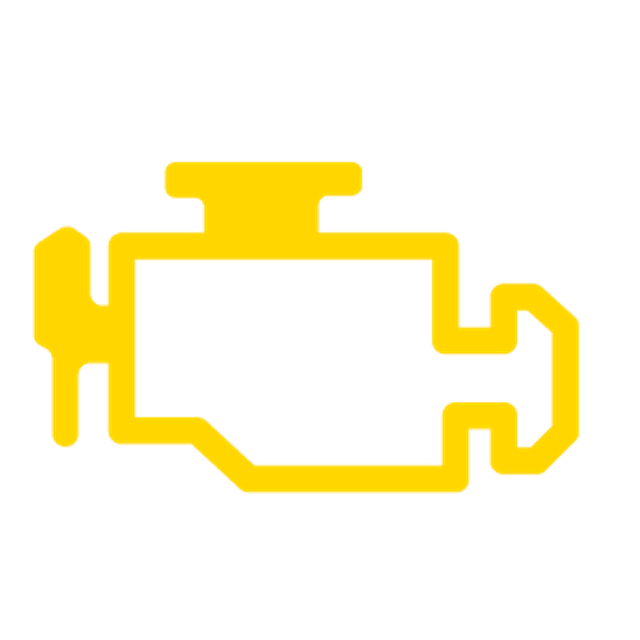
Perhaps one of the lights that makes drivers worry the most. Usually, this icon doesn't provide any additional information about faults in the system, but with on-board diagnostics, the error codes can be identified.
Potential reasons for the check engine light:
- Faulty oxygen sensor. The oxygen sensor is responsible for measuring oxygen levels in the exhaust gases, assisting in the control of the fuel mixture. If the sensor malfunctions, it can trigger a series of problems. For example, increased fuel consumption or even rough engine idle.
- Faulty mass airflow sensor (MAF). The MAF sensor determines the air volume entering the engine, directly influencing the fuel injection process. Any malfunction in the sensor could activate the check engine light.
- Ignition system issues. Problems with ignition coils, spark plugs, or spark plug wires can impact the engine and trigger the check engine light.
Traction control light
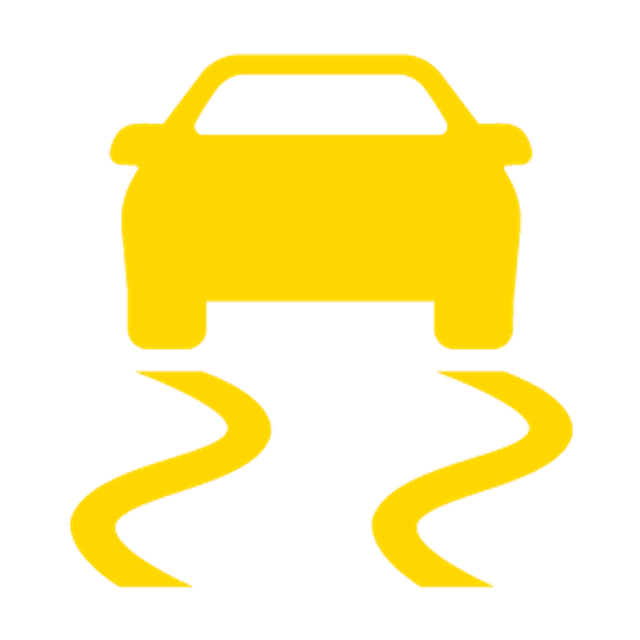
The blinking yellow or orange traction control light can be triggered by slipping wheels. Usually, it blinks on the slippery surface when full throttle is applied. With the traction control switched off, the wheels may slip at a greater margin, thus making a car unstable.
Potential reasons for the traction control light:
- Faulty wheel speed sensors. The traction control system depends on wheel speed sensors to observe each wheel's rotating speed. Sensor malfunctions or failures can activate the traction control light.
- Faulty ABS system. The traction control system in many vehicles is closely associated with the Anti-Lock Braking System (ABS). Any issues with the ABS system can have an impact on the traction control system, causing the warning light to illuminate.
- Faulty steering angle sensor. Modern vehicles use the steering angle sensor to determine the intended direction of the vehicle. A malfunction in this sensor can affect the operation of the traction control system.
Tire pressure warning light

Modern cars have wheels equipped with a TPMS sensor that monitors tire pressure. A malfunction in one or more sensors can result in inaccurate readings and trigger the warning light.
In such a case, make sure that all the tires are inflated at the correct pressure. After the check, reset the tire pressure warning light.
Service vehicle light
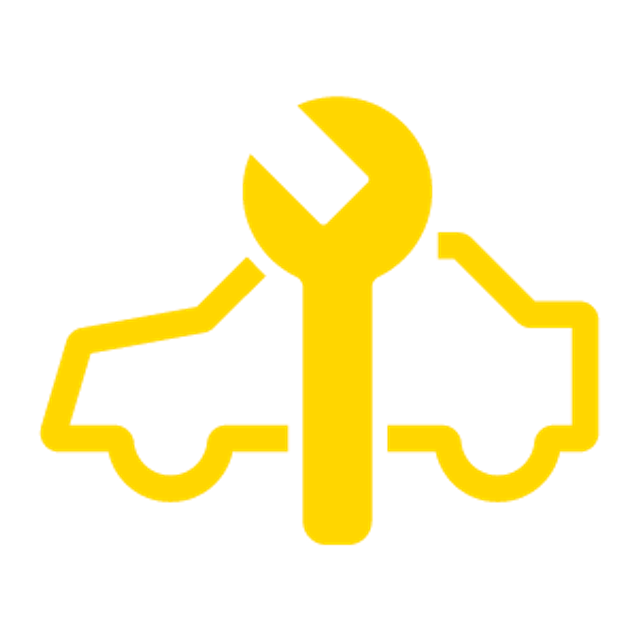
Service lights were introduced to remind owners about the car maintenance schedule. If you see this light on the dashboard, it means that a car must be delivered to a dealership or workshop for regular maintenance, which usually takes between minutes and hours if there’s nothing wrong.
Replace lamp light

As simple as it may be – if you get a replace lamp right, it means that your old one has burned out. Replace it with another one.
Adaptive light system light

The yellow or orange adaptive light system sign indicates that this function cannot be operated. It's highly recommended that you visit an authorized dealership for inspection.
Potential reasons for the adaptive light system light:
- System malfunction. If there's a malfunction or issue with the adaptive lighting system, the warning light may come on to alert the driver. This could be due to a sensor malfunction, a problem with the control module, or issues with the motors that adjust the headlights.
- Faulty components. Individual components of the adaptive lighting system, such as leveling sensors, motors, or electronic control units, may fail and trigger the warning light.
Rear fog lights indicator
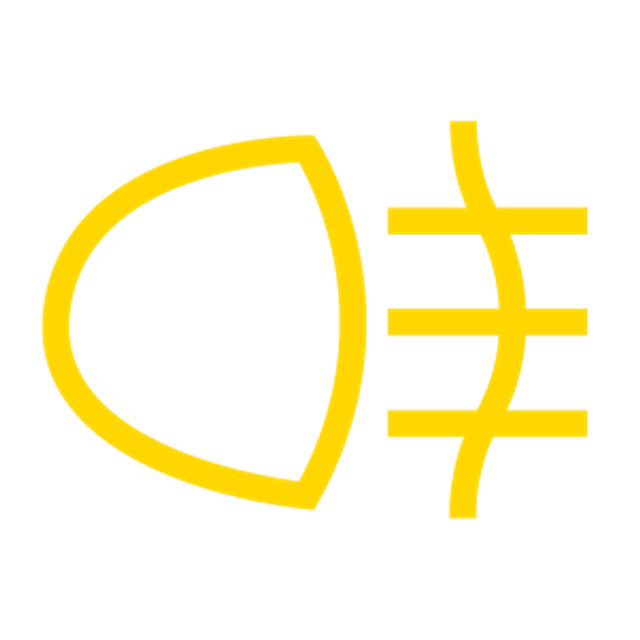
The rear fog lights icon means that these particular lights are turned on. This helps drivers not to forget to turn this light off when the fog or mist is gone.
Windscreen defrost light

The windscreen defrost light comes on when the windscreen defrost function is activated.
Rear window defrost light
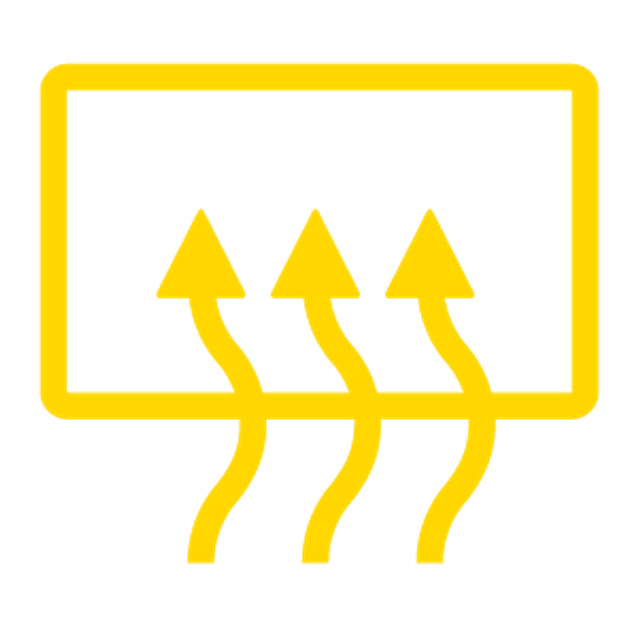
This particular light comes on when the rear window defrost function is activated.
Key not in the vehicle light

Keyless vehicles require keys to be inside of a car to start the engine.
However, if you enter an unlocked car without keys, you will not be able to start the motor – instead, you'll likely see this icon. It tells you that there are no issues with a car, you just simply forgot your key.
Glow plug indicator light

This light is designed specifically for diesel-powered vehicles, as diesel engines need to be heated before starting.
When you turn the ignition key, make sure this light is on and start the engine only when the glow plug indicator light goes off. During winter, make sure to repeat this process twice before starting your vehicle.
Low temperature warning light

The low outside temperature light is designed to inform drivers about freezing conditions, as frosty or icy surfaces may be a trap for inexperienced drivers. However, this dashboard light is usually followed by a beep that additionally warns about the dangerous road conditions.
Press clutch pedal light

Cars with manual gearboxes require the clutch to be activated during the start if the vehicle is in gear. A car will not start if the clutch is not pressed, so this light also serves as a reminder for drivers who aren't used to manual gearboxes.
Particulate filter problems light
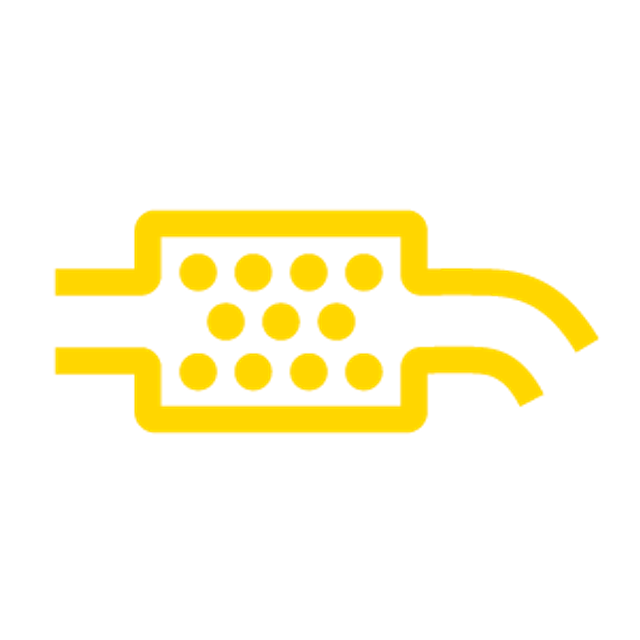
If the yellow or orange particulate filter light comes on, make sure to clean the particulate filter. It's mostly used for diesel-powered vehicles since burnt diesel emits denser particles.
Potential reasons for the particulate filter problems light:
- Insufficient regeneration. The diesel particulate filter (DPF) needs to undergo a regeneration process to burn off accumulated soot. If the regeneration process is not happening frequently enough or is incomplete, it can lead to a warning light or, even worse, could impact the operation of the catalytic converter.
- Faulty DPF sensor. Sensors monitor the condition of the DPF and signal the engine control module when regeneration is required. A malfunctioning sensor can lead to improper warnings or failed regenerations.
- Fuel quality issues. Poor-quality diesel fuel with a high sulfur content can contribute to DPF problems. Low-quality fuel may produce more soot and hinder the regeneration process.
Catalytic converter problems light

The catalytic converter is a vehicle's exhaust system component that transforms noxious pollutants into less harmful substances, reducing environmental impact.
Potential reasons for the catalytic converter problems light:
- Overheating. Excessive unburned gasoline or exhaust restrictions, such as a clogged muffler, can lead to overheating.
- Oxygen sensor malfunction. Defective oxygen sensors can incorrectly analyze exhaust gasses, causing an inaccurate air-fuel mixture and activating the warning light.
Headlights control problems light
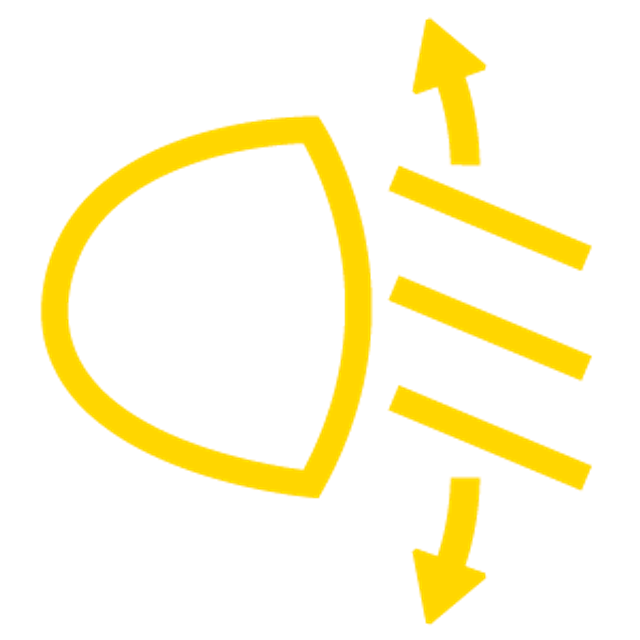
Headlight movement problems may occur if dust is caught between the moving parts. It may also be mechanical or electrical damage. Make sure to take your car to a dealership or workshop for inspection.
Rain sensor problems light

Rain sensor malfunction may occur for a number of reasons. For instance, it may be covered with something that can't be moved by windscreen wipers.
However, it can also be a sign of a faulty system – if there's nothing covering the rain sensor, make sure to visit a workshop for further inspection.
Low windshield fluid light

Not a big worry here. Just fill in some windshield fluid to get this dashboard light to go away.
Traction control off light
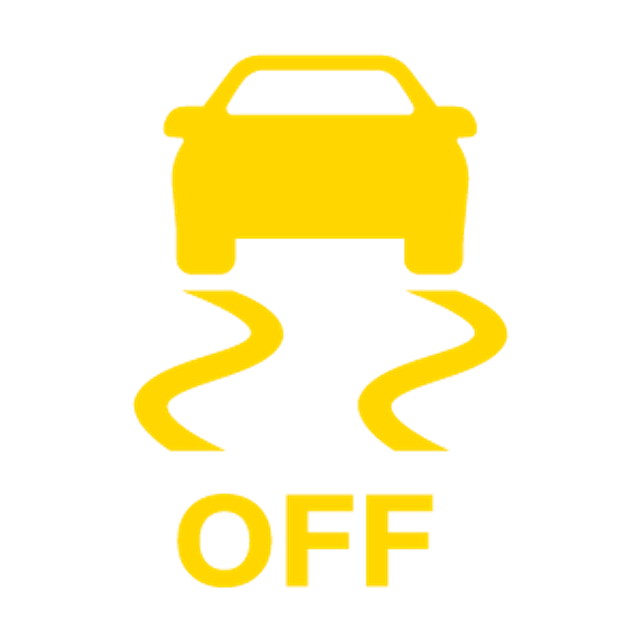
This light comes on when the traction control is manually switched off or if the system has issues with the monitoring of the traction.
A faulty ABS sensor can also activate this particular light if the monitoring of the rotation of all wheels is not functioning.
Automatic gearbox warning light
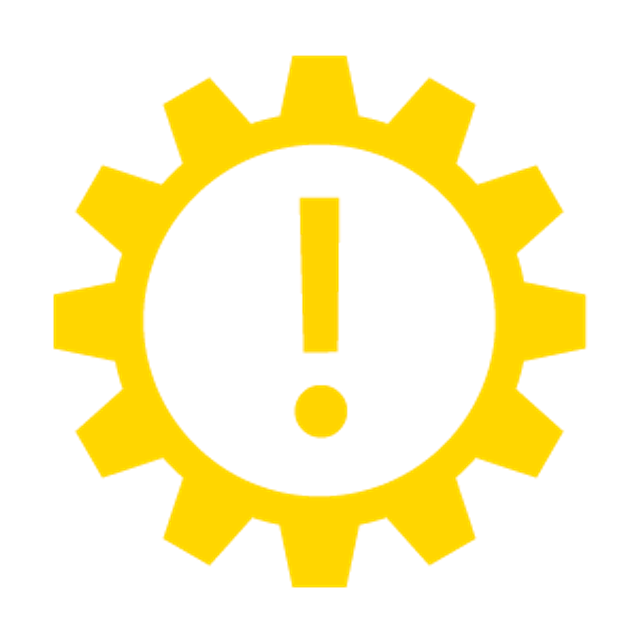
The automatic gearbox warning light serves as a vital indicator, bringing attention to potential issues within the transmission system. This alert signals the need to promptly address it and prevent any further damage or disruptions in the vehicle's performance.
Potential reasons for the automatic gearbox warning light:
- Low transmission fluid. Low transmission fluid levels can result in performance issues and overheating, leading to the activation of this warning light.
- Faulty sensors or solenoids. The automatic gearbox warning light may be triggered by malfunctioning sensors or solenoids in the automatic transmission system, impacting the smoothness of gear shifting.
- Transmission overheating. The warning light might turn on due to increased temperatures caused by heavy loads, driving conditions, or a malfunctioning cooling system, signaling the potential for damage.
Blue or green dashboard lights
Low engine coolant temperature light
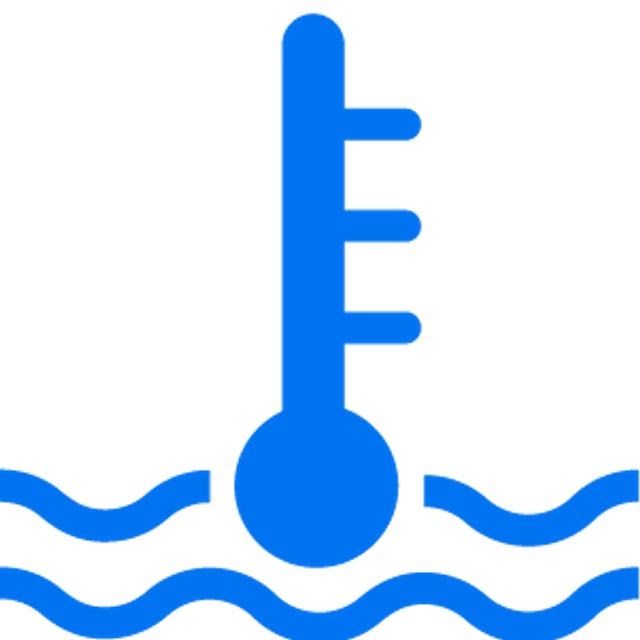
Right after you start the engine, it's recommended to avoid instant acceleration. Drive smoothly until the blue light of the low engine coolant temperature remains lit.
High beam headlights light

The blue high beam light indicates that this feature is activated. Switch off the high beams to make life easier for other drivers, as the lights can blind them and even cause accidents.
Low beam headlights light

Usually, active low beam headlights are followed by this green light on the dashboard. It simply informs a driver about the lighting equipment in use.
Hold brake pedal light
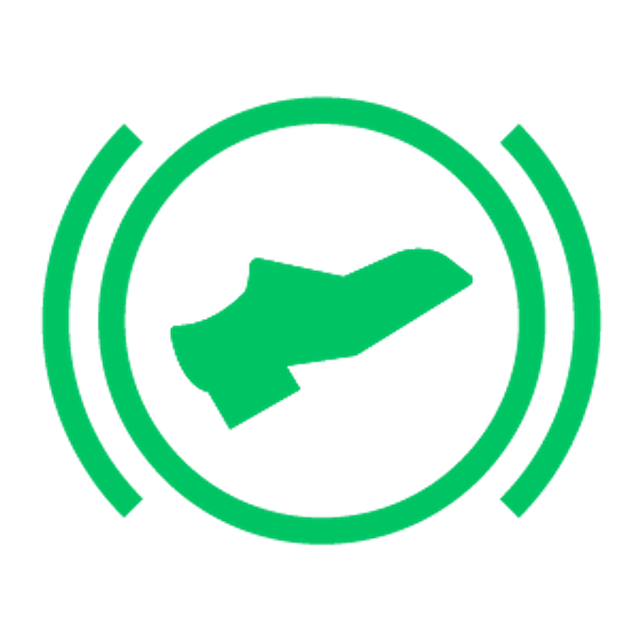
This dashboard light informs a driver to press the brake pedal. Most cars with automatic transmissions require the brake pedal to be pressed to shift between the D, N, and R modes.
Active cruise control lights
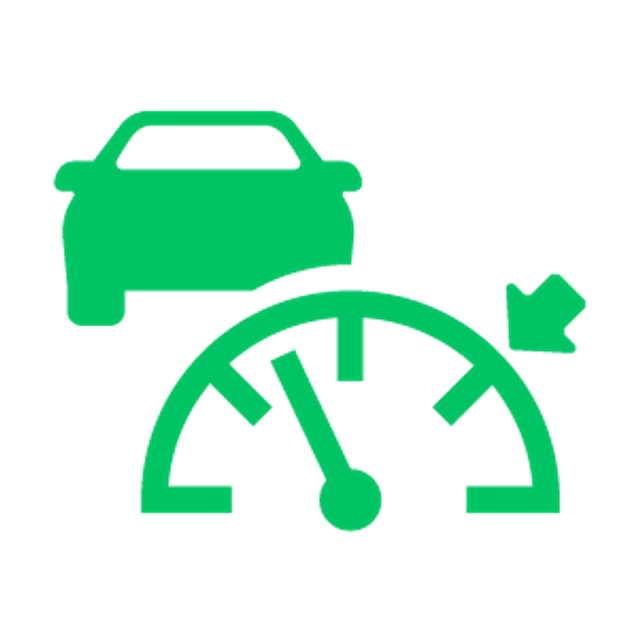
When you set up the cruise control, this light comes on. It reminds a driver that the selected speed is being maintained automatically.
Active parking sensors light

If you see this light on the dashboard, it means that the parking sensors are active.
This feature is handy in tight parking areas, especially when maneuvering bigger vehicles. You can switch it off, but be aware that some objects may be difficult to notice.
Start-stop system light
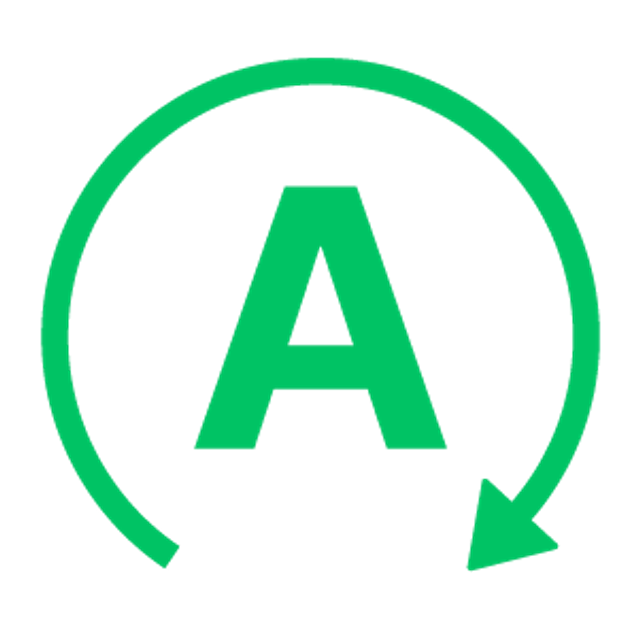
The start-stop system light comes on when a car is being stopped in stop-go traffic jams. This particular system improves the fuel economy. However, it can also be switched off if the constant stop and start of the engine gets on your nerves.
Before buying, look up the history of any car with warning lights
Car warning lights illuminate to alert you about various issues or conditions that require your attention. Not all of them will mean there’s a major issue with your car, but ignoring a warning light can lead to more serious and costly problems in the future. Especially if you’re buying a used car and see any of those lights flashing during your test drive.
If you suspect a bigger issue behind it, get a vehicle history report. It can help you learn more about a car’s past and identify potential weak spots that not all car sellers are willing to share. For instance, a clocked odometer means more wear and tear than you initially think the car has, which can lead to increased maintenance and repair costs for the new owner.

Check your VIN
Avoid costly problems by checking a vehicle's history. Get a report instantly!
Moreover, you’ll be able to check if the car was damaged in the past and how severe the accident was, see title and ownership changes, financial and legal status, and original specs. This can help you make a better decision about a specific car and avoid unnecessary car repair expenses in the future.
